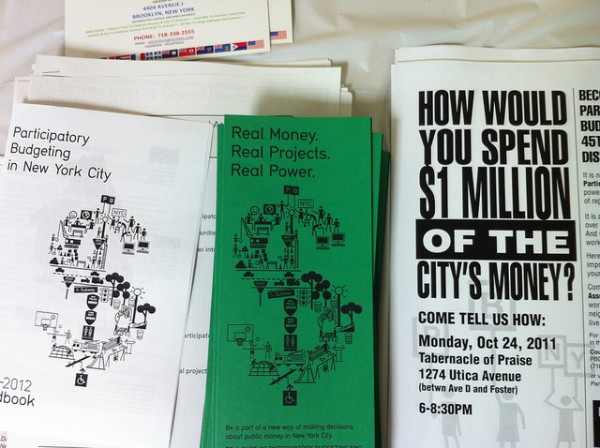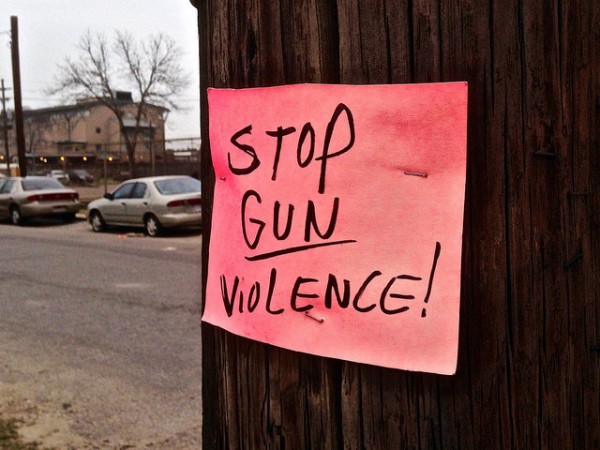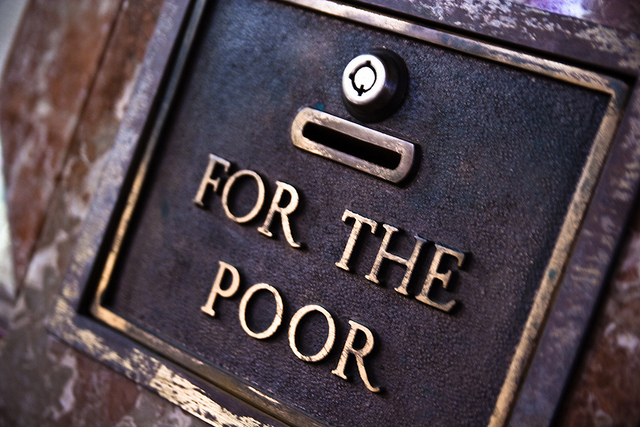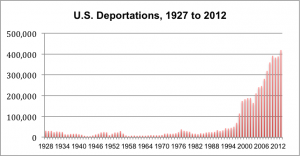
Cities cannot flourish without regular investments to create and repair “infrastructure” – everything from roads and sewer systems to services such as libraries, police forces, and counselors in local high schools. Citizens and businesses alike depend on such shared facilities and services. In the middle of the twentieth century, the U.S. national government and many states helped cities develop infrastructure. Grants were often increased during economic downturns, when localities faced fiscal stress yet the cost of public borrowing was low.
But since the 1970s, American cities have been largely on their own to build and sustain infrastructure – in an era where opponents of taxes agitate to cut back public revenues. Desperate to fund vital projects, cities have turned to special “redevelopment” agencies run undemocratically by small boards of business elites and public managers. These agencies arrange private financial investments to build the facilities needed by new private business ventures – like a shopping center or a big warehouse facility. more...











 Research to Improve Policy: The Scholars Strategy Network seeks to improve public policy and strengthen democracy by organizing scholars working in America's colleges and universities. SSN's founding director is Theda Skocpol, Victor S. Thomas Professor of Government and Sociology at Harvard University.
Research to Improve Policy: The Scholars Strategy Network seeks to improve public policy and strengthen democracy by organizing scholars working in America's colleges and universities. SSN's founding director is Theda Skocpol, Victor S. Thomas Professor of Government and Sociology at Harvard University.